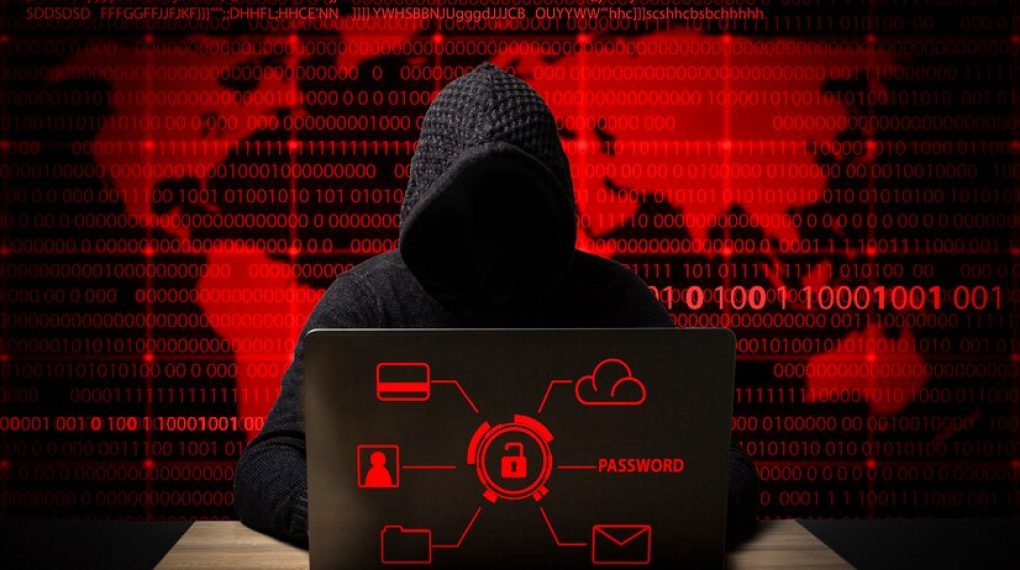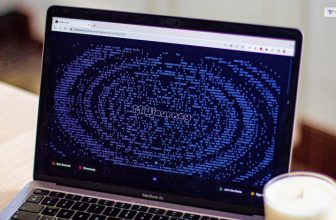
Ransomware attacks have become a significant threat to companies and organizations all over the globe, disrupting operations and creating reputational harm due to data exfiltration.
Attackers often take advantage of a company’s poor cybersecurity hygiene, ranging from irregular patching to failing to install multifactor authentication. In fact, 68 percent of ransomware-affected firms lacked an effective vulnerability and patch management procedure.
The Evolution of Ransomware
Ransomware, a very simple malware, has evolved into a highly complex and clever cyber threat. This development has resulted in many variations, each with its own features and attack routes, posing considerable problems to cybersecurity specialists.
Crypto-Ransomware
Crypto-ransomware is one of the most common and destructive types of ransomware nowadays. Crypto-ransomware encrypts data and demands a ransom for a decryption key, unlike its predecessors, which just locked victims out of their computers. This encryption is more accessible to crack with the key, making retrieval without paying the ransom practically impossible.
Locker Ransomware
Locker ransomware has a unique approach. Rather than encrypting data, it locks people out of their computers, making them inaccessible. Victims are often presented with a ransom note, and money is needed to release their system. While locker ransomware may not directly impair data integrity, it can cause tremendous disruption and inconvenience.
Ransomware-as-a-Service (RaaS)
The introduction of RaaS is the most concerning trend. RaaS enables ransomware attacks to be launched even by persons with minimal technological competence. Criminals can now rent ransomware kits, which include detailed instructions, assistance, and even payment infrastructure. Because of the commoditization of ransomware, the number of assaults and attackers has increased exponentially, making it an even more prevalent threat.
Ways to Fortify Defenses and Avoid Ransomware Attacks
Here are five ways to help fortify defenses and avoid ransomware attacks:
Secure Identity Infrastructure
Privileged access management (PAM) solutions are critical for securing the identity infrastructure. Customers may monitor and manage privileged accounts using PAM solutions, ensuring only authorized staff access important systems and data.
Review Over Privileged Accounts
Threat actors may sometimes get administrative privileges over an organization’s environment. Restricting the number of privileged accounts and guaranteeing they are only issued to authorized workers who need them is critical. Organizations should regularly create and evaluate a privileged access policy, removing unneeded accounts or rights.
Revisit Patch Management
Threat actors might get first access through vulnerabilities due to a lack of proper patch management. Regularly patching systems, apps, and devices is crucial for lowering the risk of exploitation by threat actors.
Strengthen Remote Access Management
Threat actors might use various remote access technologies to build persistence in an organization’s environment. Organizations should limit remote access to important systems and data, employ multifactor authentication, and monitor remote access sessions for suspicious activities to combat this.
Engage Expert Guidance
Ransomware attacks may be complex and challenging; consumers need experienced help to react successfully. Customers should work with incident response professionals to create a thorough strategy and ensure that security workers are properly educated to handle ransomware outbreaks.
Ransomware Prevention for Your Business

These are some of the most essential and fundamental steps you can take to safeguard your company against ransomware attacks:
Backup All Your Data
Backing up your company’s data is one of your most crucial responsibilities. If anything goes wrong, you should be able to swiftly restore your system to a prior version. This will not actively prevent you from becoming the target of an attack, but if you are, the consequences will be much less devastating. Ransomware backup is a vital part of your defense strategy.
You may be able to avoid paying the ransom or incurring negative consequences entirely by restoring your systems to a prior version. However, you must routinely back up your data and keep that backed-up data secure.
Manage Software Updates
Ransomware attackers may locate an access point inside your applications and software, identifying and exploiting flaws. Fortunately, some developers are constantly looking for and addressing new vulnerabilities. To utilize these patches, you must have a patch management plan and ensure that all team members are always up to date with the newest versions.
Improve Threat Detection
Most ransomware attacks may be discovered and addressed before they do irreversible damage. To optimize your chances of safety, your firm must use automated threat detection.
Implement Multifactor Authentication
Before being allowed access to a system, multifactor authentication requires your users to validate their identities in various ways. In this manner, even if an employee accidentally provides a cybercriminal with their password, the criminal will not have easy access to your networks.
Issue Bare Minimum Privileges
Only give your personnel greater access to your data if they need it. Segmenting your company and restricting access may have a quarantining effect, reducing the impact of a possible attack and limiting access vectors.
Email Scanning and Monitoring
Emails are popular method cybercriminals use to carry out phishing schemes, so take the time to check and monitor emails regularly and consider adopting an automated email security solution to prevent harmful emails from ever reaching users.
Scan and Monitor File Activity
Scanning and monitoring file activity is also a good idea. When a suspicious file is in play, you should be warned before it becomes dangerous.
Enhance Employee Training
The majority of ransomware risks are the result of poor employee behavior or clear foolishness. Someone may provide their password or download an unknown file on their work device. The likelihood of this occurring is greatly reduced with improved personnel training.
Do Not Pay the Ransom If You’re the Victim of an Attack
Finally, do not pay the ransom if you fall victim to a ransomware threat. It may seem appealing to get out of this awful situation as soon as possible, but even after paying the ransom, there is no assurance that the attacker will keep their promise.
Conclusion
Ransomware attacks are a serious and increasing risk, but with the correct methods and protections, you may dramatically minimize your risk. In a world where cyber dangers are rising, strengthening your defenses against ransomware is not a choice but a must. You can better protect your data, money, and reputation against ransomware attacks by following the strategies listed above and being watchful.
With these practical steps, you can stay one step ahead of ransomware attacks while preserving your organization’s essential future.
Read Also:






